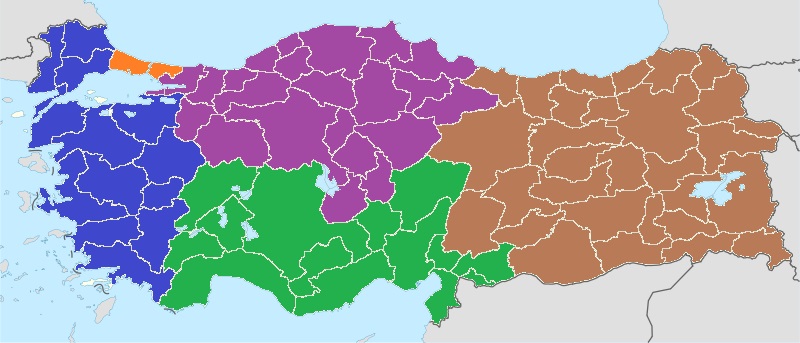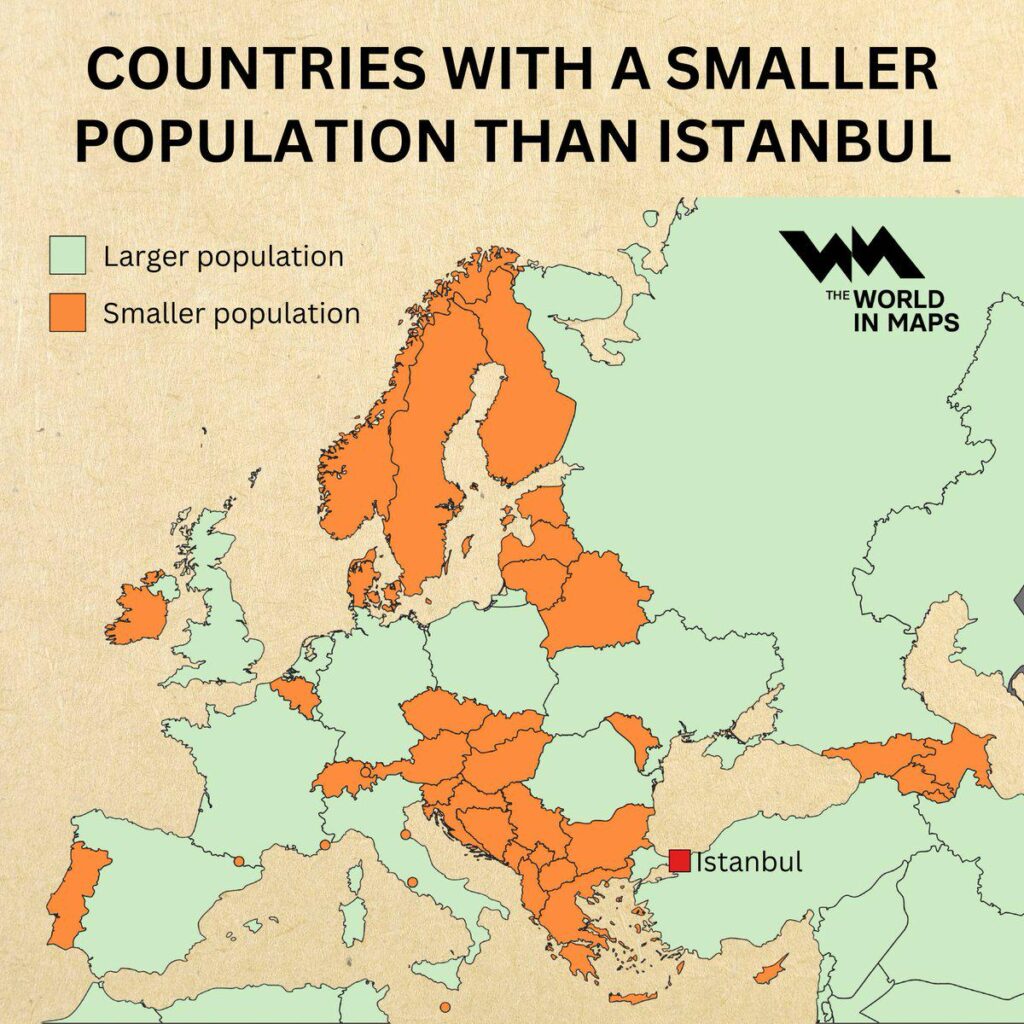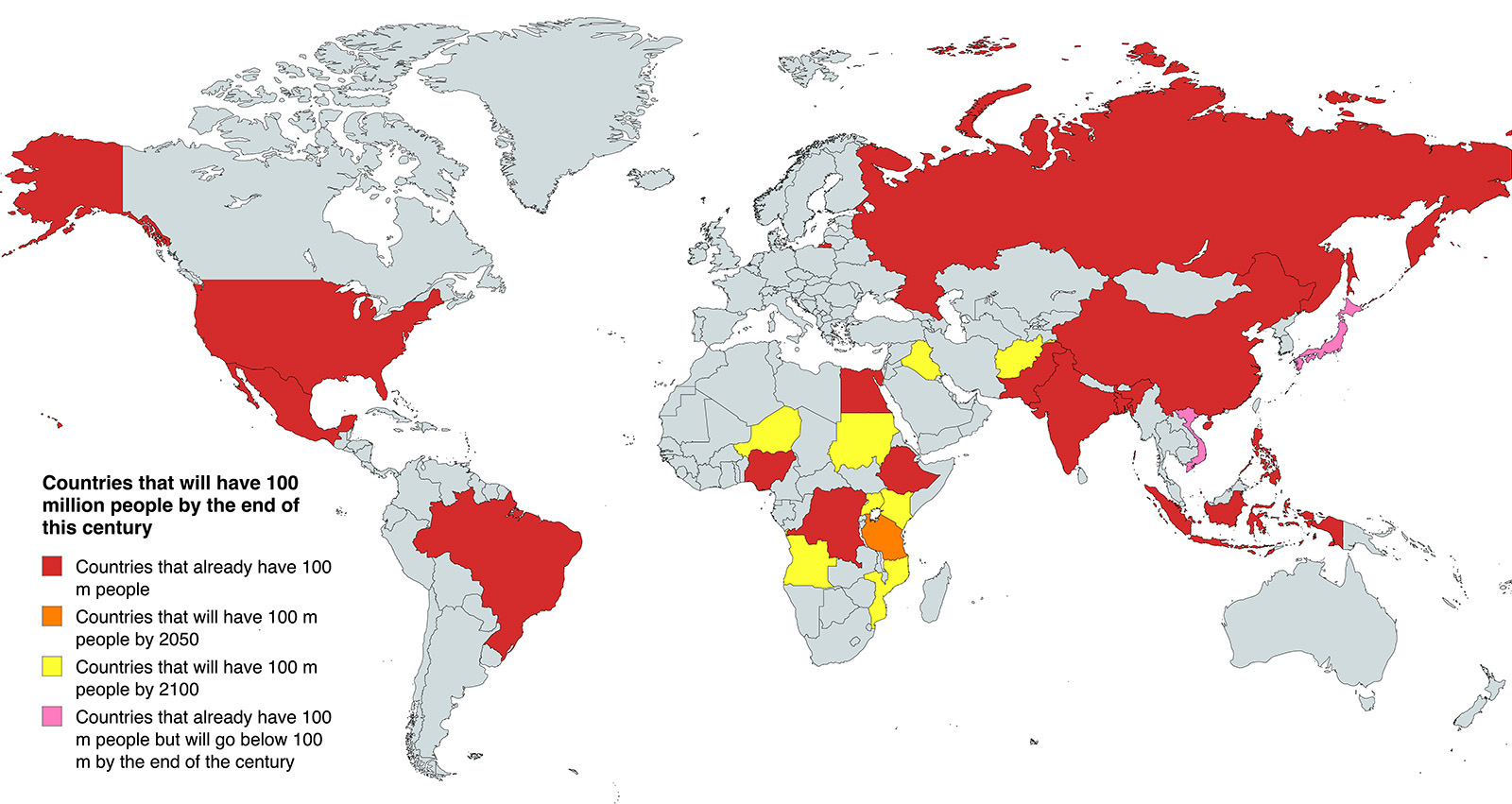Istanbul: When a City Becomes Bigger Than Countries
Imagine a metropolis so vast that it spans two continents, harboring more people than entire countries. This isn’t a fictional narrative, but the remarkable reality of Istanbul, a city that defies conventional geographic and demographic boundaries.
As of 2022, Turkey pulses with life, boasting a population of 84.6 million people, with an astounding 75.4% concentrated in urban centers (Turkish Statistical Institute, 2022). At the heart of this urban landscape lies Istanbul, a metropolitan marvel that tells a complex story of human migration, economic transformation, and cultural convergence.
The map below shows regions of Turkey with a population equivalent to Istanbul.

Walking through Istanbul’s bustling streets, one quickly realizes this is more than just a city—it’s a living, breathing ecosystem that challenges our understanding of urban spaces. With over 15.5 million inhabitants, Istanbul towers over entire nations in population. To grasp the scale, consider this: this single city outnumbers the entire populations of countries like Switzerland, Austria, and Portugal combined.
The city’s demographic significance extends far beyond raw numbers. Istanbul represents a unique geographical anomaly, straddling both Europe and Asia, creating a melting pot of cultures, economies, and human experiences. Its population is a testament to Turkey’s rapid urbanization, economic opportunities, and the magnetic pull of metropolitan life.
The map below created by the World in Maps shows countries with a smaller population than Istanbul.

What drives such massive urban concentration? Economic opportunities play a crucial role. As rural populations increasingly migrate to urban centers, cities like Istanbul become magnets for those seeking work, education, and a different way of life. The Turkish government’s infrastructure investments, coupled with industrial and technological developments, have transformed these urban landscapes into powerful economic engines.
Geographically, Turkey’s position is nothing short of strategic. Bridging two continents, the country serves as a critical junction of cultural and economic exchange. Istanbul embodies this perfectly—a city where ancient history meets modern innovation, where traditional markets stand alongside cutting-edge technology centers.
Behind every statistic, there’s a real human story. Walk down any street in Istanbul, and you’ll meet taxi drivers dreaming of starting their own businesses, students rushing to university with hopes of changing the world, artists sketching the city’s endless skyline, and seasoned professionals navigating the complex rhythms of urban life. These 15.5 million people aren’t just numbers—they’re a living, breathing network of personal stories, each one adding a unique thread to the city’s rich social fabric. Istanbul isn’t just a place on a map; it’s a testament to human spirit, ambition, and the incredible potential that emerges when diverse lives intersect.
Interestingly, the city’s growth reflects broader global trends of urban concentration. By 2050, experts predict that nearly 70% of the world’s population will live in urban areas, making cities like Istanbul critical to understanding future human settlements.
If you’ve been captivated by Istanbul’s story, we’d love to hear your thoughts. Have you visited this remarkable city? What surprised you most about its scale and diversity? Drop a comment below and share your perspective.








